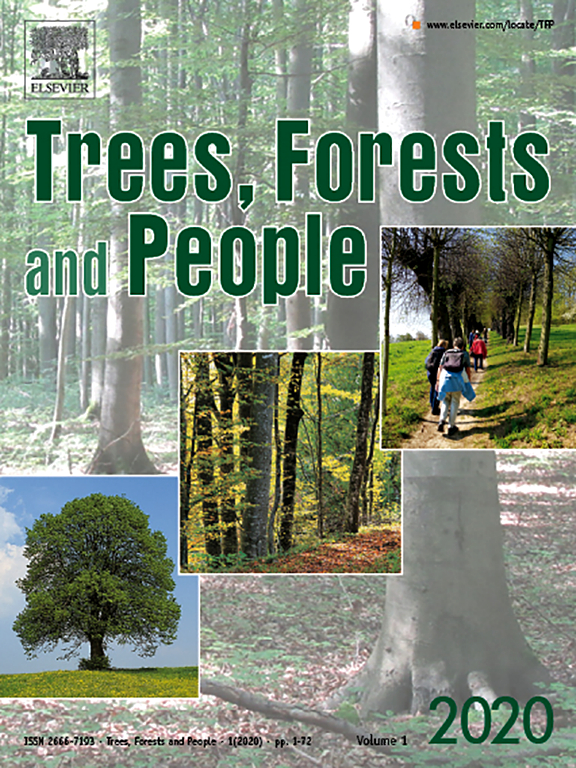Reliable tree species diversity and carbon stock data are crucial for establishing a baseline and aiding monitoring and management decision-making to ensure ecosystem functions and services, including carbon management. However, such data are not available for many primary forests, especially in developing countries like Nepal. From this study, we generated primary baseline data on tree species diversity, biomass, and carbon stock for forests under different management regimes in one of the critical landscapes of western Nepal. We sampled 94 clusters of concentric circular sample plots placed systematically at the nodes of 3 km by 3 km square grids in biological corridors (managed by community forest user groups) and a national park's buffer zones (managed by buffer zone user groups) to study the tree species composition and estimate the carbon stock. The number of tree species and botanical families reported in different sites did not differ significantly. The basal area was found to be highest in Brahmadev Corridor where tree density per unit area was also highest. Our study sites showed a basal area ranging from 26.42 to 40.65 m2/ha, which is higher than previously reported from similar forests. The total biomass (302.12 to 496 tons/ha) and carbon stock (142 to 233.12 tons/ha), both being highest in Brahmadev Corridor, were within the range of comparable data and national averages. The number of stems in all sites showed the reverse J-shaped pattern, indicating a stable population and good species recruitment. The buffer zones had a large proportion of forest area with the highest carbon stock classes of 300–400 tons/ha. The basal area and diameter at breast height showed a significant positive correlation with carbon stock, indicating that the basal area is a key determinant of carbon stock. Our study provides disaggregated information on tree species diversity, the quality of forests in terms of stem density and size-class distribution, and carbon stock and its distribution in different carbon stock classes in two forest management regimes. In this sense, our study is the first of its kind in providing important insights into forest and carbon management because areas with different carbon stocks need different management prescriptions.
DOI:
https://doi.org/10.1016/j.tfp.2024.100728
Skor altmetrik:
Jumlah Kutipan Dimensi:

Tahun publikasi
2025
Penulis
Uprety, Y.; Oli, B.N.; Karki, S.; Bashyal, B.; Rimal, R.K.; Subedi, S.; Gotame, B.; Rajbhandary, S.; Baral, H.
Bahasa
English
Kata kunci
biodiversity, community forestry, forest management, ecosystem services, trees, species, spatial analysis, carbon sequestration
Geografis
Nepal















